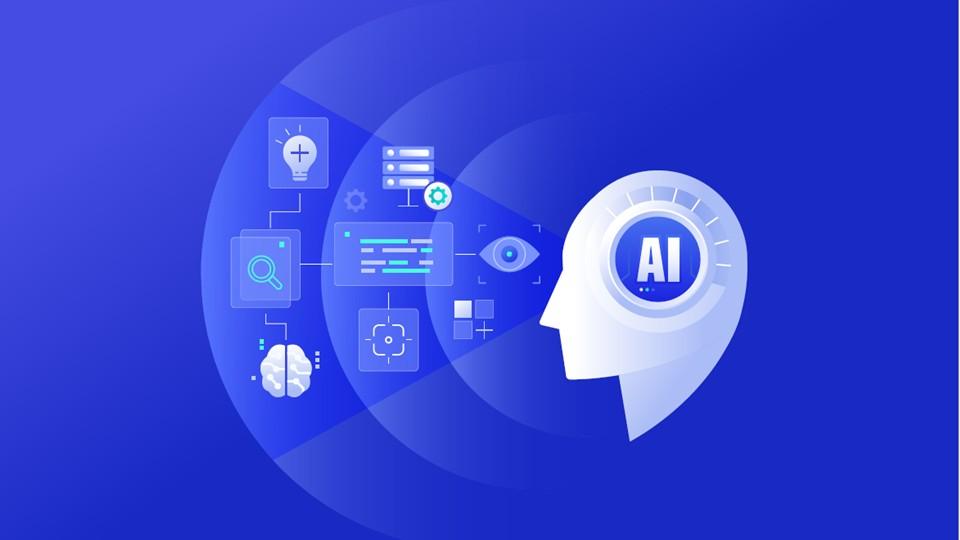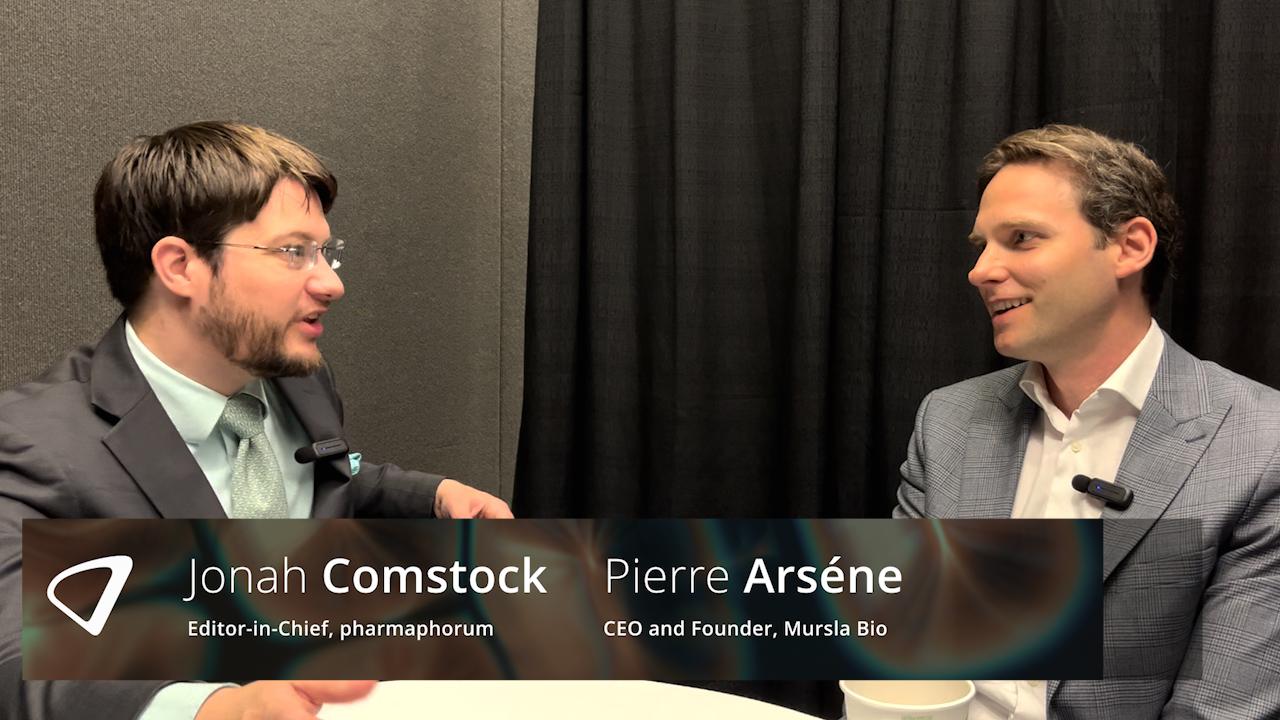Next generation patient advocacy in the rare disease community

As advances in digital technology and social media mean that they continue to play an important role in the online awareness of healthcare and specific diseases, Denis Costello discusses what the next generation of patient advocacy is going to look like, especially in the rare disease community.
There's a lot of talk right now about "next generation patient advocacy" and what it will look like based on the availability of technology, the capacity of patient leaders to use it, and the readiness of any given group of patients or caregivers to consolidate their solidarity at any given time.
This phenomenon is becoming an ever more present reality in the rare disease community, due to the all too common isolation felt by patients and families combined with health inequalities and a lack of information about their disease. For this reason, people living with a rare disease have been termed the "power users" of the internet (term taken from a 2011 survey by the Pew Internet Project) in their quest for information and connection with others across the globe. One emerging facet of "next generation patient advocacy" is the growth of international patient-led communities galvanised around a common mission to advocate for their group. Key to this is a clear mission which unites the group, good governance, and, of course, a smart use of technology to facilitate communication, gather information and raise awareness.
In some cases it makes sense for rare disease patient groups to be organised at a national or regional level, however the need to transcend national and cultural borders is becoming imperative. At present, the majority of rare diseases lack significant research activity and no designated treatment or therapy. This lack of solutions translates into patients and caregivers becoming the catalysts for progress in the search for a treatment for their disease. There are countless stories of research projects, infrastructural initiatives, and political actions successfully spearheaded by patient groups. In some cases, patient groups are now uniquely international and even virtual – their headquarters being an online community, their family meetings taking place via Skype, and their fundraising held on crowd funding platforms such as IndieGogo.
Today, patients want to be able to design, develop and moderate their own communities, such as EURORDIS and NORD's project, Rare Connect. Control over each community's content still remains in the hands of patient organisations that partner to create the community. Rare disease patient organisations play an integral role, shaping their own communities with support from EURORDIS and NORD. Because these types of communities are connected to dedicated patient organisations, community members know that moderators represent people with real experience with their disease. They also know that the online community is sustainable. Patents' privacy is guarded and data, owned and secured by EURORDIS and NORD, is not used for commercial gain.
Four years after its launch we are beginning to see the real fruits of patients being more involved in the design and development of their communities. Patient groups working together across borders are beginning to formalise their relationship, creating European disease-specific federations which can represent their interests at the European level while working in a more structured manner with their respective research communities. Through support and capacity-building programmes, we are seeing empowered and capable patient representatives take charge of their social media presence and shape meaningful and engaging conversations within their communities. Very often patients who start out as "power users" of the internet go on to become seasoned patient representatives. We've seen some online enthusiasts go on to participate in the Protocol Assistance procedure of the European Medicine's Agency in the evaluation of a new Orphan Medicinal Product or attend capacity-building actions such as the EURORDIS Summer School in Drug Development.
Looking ahead, I can foresee further "virtualisation" of these types of patient groups, deeper international connections, ever more strategic use of social media by patient groups, and continued bridge building with the research community in a paradigm of patients as partners in research. That's not to say barriers don't remain. Not all patients are at the same level when it comes to use of the technology to organise a network. Sustainability remains an issue, as does transparency and cultural concerns about privacy and data-protection. EURORDIS addresses some of these challenges by offering social media capacity-building workshops and regular webinars, and mentoring such networks to become disease-specific European Federations. It's clear though that as these virtual patient-led hubs mature beyond the foundations that social media and other such tools can lay for their community and as they move into developing or partnering around tools such online Patient Reported Outcomes applications, Registries, Questionnaires and other more complex drivers of progress we will begin to see the fruits of this activity in the form of more clinically-driven activity and ultimately more efficient therapies. In such a context common tools being developed by projects such as the European Patients' Academy on Therapeutic Innovation (EUPATI) as well as the laudable and ambitious goal of the International Rare Diseases Research Consortium (IRDiRD) to deliver 200 new therapies for rare diseases by 2020, mean that the growing capacity of patients will enable many of them to be every more ready to participate in such initiatives and maintain a strong sense of the patient-voice in advocacy in the years to come.
About the author:
Denis Costello is a patient advocate and Web Communications Senior Manager & Rare Connect Project Leader for EURORDIS (Rare Diseases Europe), a leading European patient-led non-profit organization, a position he has held for 4 years.
His areas of responsibility include working with rare disease patient organisations internationally to effectively use web technology to build networks, raise awareness of rare diseases, and support patient-led initiatives that engage with the broader public.
What do you think about next generation patient advocacy?













